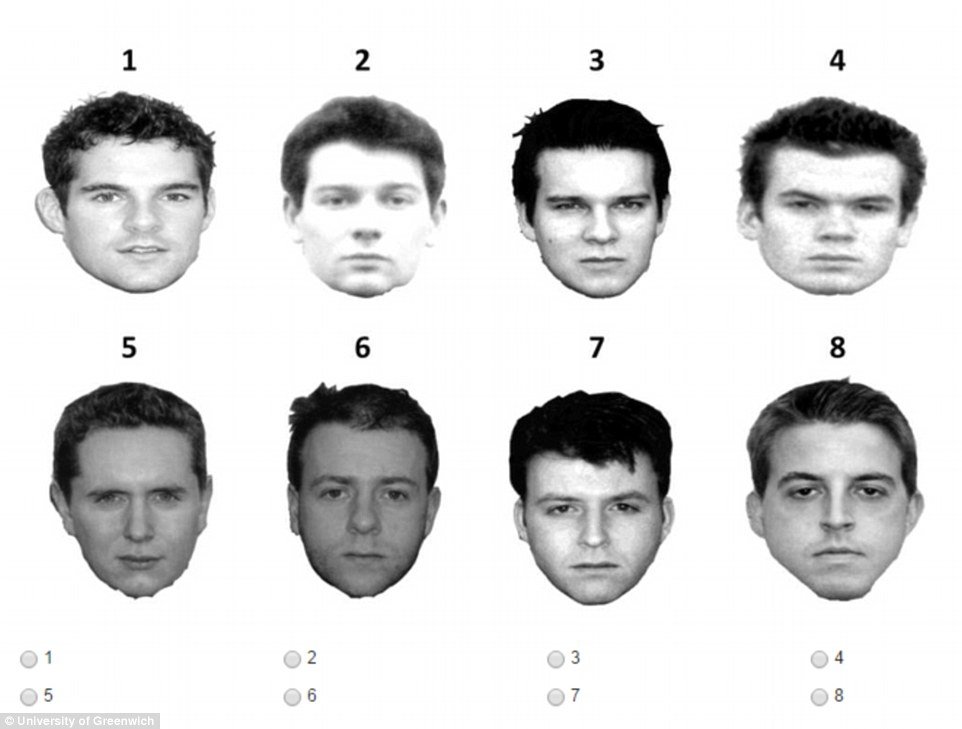The August 2011 riots in many English cities cast a heavy pall across the country. It was extremely distressing for most members of the public who stayed in their homes to avoid nearly a week of crime-riddled evenings.
There was a strong sense of outrage and demand for retribution. However, unless a suspect was apprehended at the scene, for the police, the thousands of hours of CCTV footage was in many cases the only evidence linking offenders to their lawlessness.

[mk_mini_callout]
Download the 2016 Video Surveillance Report
Get the latest report on CCTV and video surveillance in 2016 by downloading this free report[/mk_mini_callout]
Some super-recognisers had already come to the attention of the Metropolitan Police Service due to a steady stream of previous CCTV identification successes. As a consequence, psychologists led by a team from the University of Greenwich had tested the facial-recognition and other cognitive abilities of these officers to determine whether they possessed exceptional skills.
Prosopagnosia and super-recognisers
- People suffering from prosopagnosia cannot identify people’s faces.
- Prosopagnosia effects roughly 1 to 2 percent of the population.
- Super-recognisers are a relatively newly discovered phenomenon, and it’s believed it effects around the same percentage of the population.
- The term prosopagnosia comes from the Greek prosopon, meaning face, and agnosia, meaning absence of knowledge.
The super-recognisers’ scores on these tests were compared to a control group of over 100 members of the general population. This research revealed that some officers possessed extraordinary facial-recognition abilities shared by 1 to 2 per cent of the population. Their performances also met the scientific definition of super-recognisers established by researchers at Harvard University in the USA.
What makes a super-recogniser?
What makes super-recognisers so special? How can their abilities be best put to use? Science currently knows very little about super-recognition, although there is some evidence that it may have a genetic origin and is therefore innate. You cannot teach someone to become a super-recogniser. Those tested by the University of Greenwich were in particular superior at spontaneously recognising very poor-quality 12-year-old images of celebrities no longer in the public eye. This test has parallels to police officers identifying suspects from unclear CCTV footage, even if they had not seen those suspects for many years.
The super-recognisers were also superior at quickly learning the identity of previously unfamiliar faces, and subsequently recognising that face depicted in a different photograph within an array of highly similar faces. For most people, this task can be error prone.
Interestingly, the super-recognisers were most accurate at spotting that arrays did not contain target faces. This demonstrates that as well as being superior at recognising that they have seen a face before, super-recognisers are also excellent at recognising when they have not seen a face before. This is extremely useful to the police because it suggests these super-recognisers are far less likely to provide a false lead. Thereby they save vital time and resources.
As a consequence of their operational successes and the psychological tests, super-recognisers in the Metropolitan Police are now the first to receive images of the most serious crimes, as well as those matching their operational expertise. For instance, robbery squad super-recognisers view images of robbery offences. These changes to CCTV image distribution procedures have enhanced identification rates.
Other forces could probably utilise their own super-recognisers in a similar manner. Indeed, there may be 2,000 to 4,000 so far unidentified super-recogniser police officers across the UK. There may also be many super-recogniser CCTV operators or other security workers whose skills have so far not been fully utilised.
Of course, super-recognisers can only identify suspects they have previously encountered. Other officers or members of the public who possess average facial-recognition ability should always be encouraged to view CCTV images. Regardless of facial-recognition ability, most humans can reliably identify those familiar to us even in poor quality images — we may all be able to contribute to a police investigation.
Research at the University of Greenwich into super-recognisers from the police and other members of the public is ongoing
Free Download: The Video Surveillance Report 2023
Discover the latest developments in the rapidly-evolving video surveillance sector by downloading the 2023 Video Surveillance Report. Over 500 responses to our survey, which come from integrators to consultants and heads of security, inform our analysis of the latest trends including AI, the state of the video surveillance market, uptake of the cloud, and the wider economic and geopolitical events impacting the sector!
Download for FREE to discover top industry insight around the latest innovations in video surveillance systems.